Performance and battery life
Avoiding the Tegra 3 SoC that is available
on many other Android tablets, Huawei used a homegrown chipset, the K3V2. It is
a custom CPU that was first unveiled at Mobile World Congress, and then used in
Ascend D Quad. In fact, four Cortex-A9 cores running at 1.4GHz will work without
any problems. If there is one major complaint for the MediaPad 10, there will
be its tendency to "slow down". This slowness sometimes is in the
form of a two to three second delay when switching between open applications,
or even just trying to launch one application. It can also occur when
navigating through the home screens. Fortunately, we have not realized these
pervasive problems, just sometimes it happens.
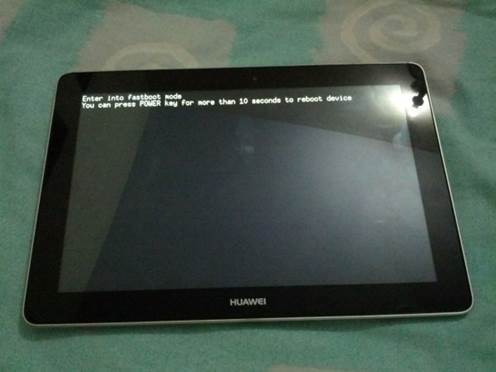
In
our formal running battery test, the MediaPad 10 offered 7 hours and 20 minutes
of use, placing it in the third position from the bottom up in our running
battery life table, and less than Google’s Nexus 10.
The MediaPad 10 owners have two browser
options: Google Chrome and Huawei's own solution. Neither of them seems to be
faster than the other: on both, load time for the full desktop websites take
about 30 seconds. Scrolling and pinch-to-zoom feel smooth, but the tablet lacks
the ability to keep up with that pace, it usually takes a second to show the
contents between the white spaces.
However, the test results painted a rosier
picture. As you can see in the following, the custom chip of the MediaPad 10
compares well with Tegra 3 competitors like Asus Transformer Pad Infinity and
Acer Iconia Tab A700. It also compares well with the Nexus 10, which has a
dual-core A15 processor. The MediaPad 10’s scores were more or less on par with
these devices, except the frame rates were recorded by GLBenchmark 2.5. There
is clearly untapped horsepower lying dormant under the framework of the
MediaPad 10 – if only Huawei was able to optimize its changes the operating
system to take advantage of it.
Huawei MediaPad 10 (US pricing TBD)
·
Quadrant: 4,493
·
Vellamo: 1,359
·
AnTuTu: 10,769
·
SunSpider 0.9.1 (ms): 1,605
·
GLBenchmark 2.5 Egypt Offscreen (fps): 14
·
CF-Bench: 12,952
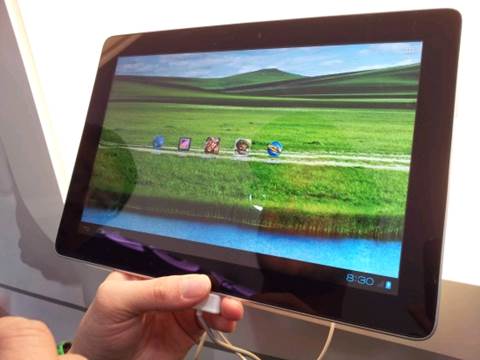
Huawei
MediaPad 10
Nexus 10 ($399)
·
Quadrant: 4,551
·
Vellamo: 1,605
·
AnTuTu: 8,731
·
SunSpider 0.9.1 (ms): 1,371
·
GLBenchmark 2.5 Egypt Offscreen (fps): 33
·
CF-Bench: 9,772

Nexus
10
ASUS Transformer Pad Infinity TF700
($499)
·
Quadrant: 4,685
·
Vellamo: 1,475
·
AnTuTu: 12,027
·
SunSpider 0.9.1 (ms): 2,012
·
GLBenchmark 2.5 Egypt Offscreen (fps): n/a (test
run with 2.1)
·
CF-Bench: 7,874
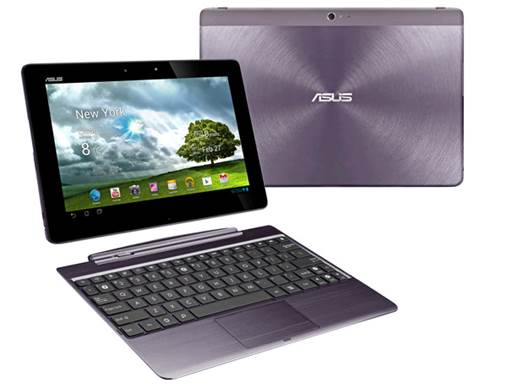
ASUS
Transformer Pad Infinity TF700
Acer Iconia Tab A700
·
Quadrant: 3,311
·
Vellamo: 1,283
·
AnTuTu: 10,499
·
SunSpider 0.9.1 (ms): 1,970
·
GLBenchmark 2.5 Egypt Offscreen (fps): n/a (test
run with 2.1)
·
CF-Bench: 11,567
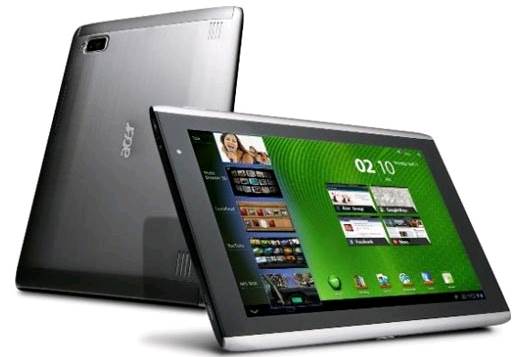
Acer Iconia Tab A700
(SunSpider: lower scores are better)
Since we were unable to review LTE on our
test unit, we could not confirm how the 6600mAh battery worked under the
pressure of a network connection. Connected to WiFi, you can expect that
integrated battery lasts several days if used moderately. In our formal running
battery test, the MediaPad 10 offered 7 hours and 20 minutes of use, placing it
in the third position from the bottom up in our running battery life table, and
less than Google’s Nexus 10. Seven hours might not be something to be joking,
but a great deal of tablets in these sizes can run longer.
Camera
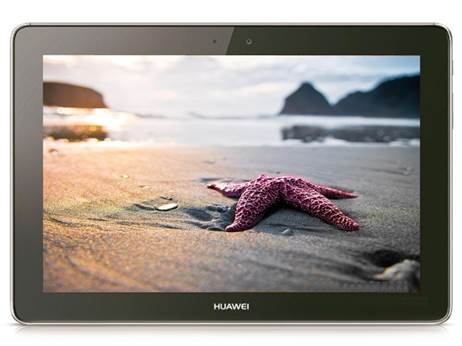
Huawei
has selected to embed an 8MP camera capable of 1080p video recording and a
1.3MP front-facing camera is capable of 720p recording.
We would ignore the camera performance on
the tablets if it were not for some of annoying customers who insisted on using
it. As we have repeatedly said in the past reviews, there is no real need to
take photos on a device of this size. It's hard to use and is less ideal for
casual snapshots. But, as long as the OEM also includes camera modules, we will
check them up. And this, Huawei has selected to embed an 8MP camera capable of
1080p video recording and a 1.3MP front-facing camera is capable of 720p
recording.
The rear camera takes quite beautiful
photos. Colors and contrast are nearly correct, but the subjects that are
beyond a narrow focal point seem to be blurred. Tapping the screen allows you
to set the focus, the shooting is handled through software button and zoom is
controlled only by the volume rocker. The UI itself is a bit messy with
settings spread in a non-intuitive way. We're not saying it is not
feature-rich. There are many shooting and preset scene modes (including HDR,
Panorama and Burst Shot), image and FX filters, as well as the ability to
toggle ISO, exposure and white balance.
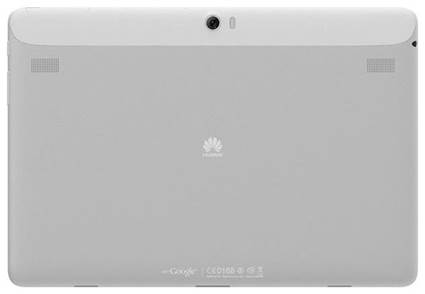
The
rear camera takes quite beautiful photos.
Our 1080p video was blurry in parts, too.
Also, it had to suffer from an extremely choppy frame rate and less anti-shake
system. The audio playback is much better - even when we recorded nearly a
noise construction site, the tablet was still able to record the author's
voice, simultaneously reducing background noise.
Competitors
Huawei has not proclaimed plans to bring
the MediaPad 10 to the U.S., but now it is available in Europe for $540. For
that price, you have an 8GB model with only Wi-Fi and expandable storage.
Compare it with the Acer Iconia Tab A700, which packs a Tegra 3, full HD
screen and 32GB of storage for $399, or Asus’s Transformer Pad Infinity with
equivalent specifications for $470 on Amazon, it is obvious that the MediaPad
10 is the least competitive package for its price. Google’s second reference
tablet, the Nexus 10 is also priced at $399, but that has the 16GB
configuration. Doubling the memory of that tablet and you are looking at $499
at the point that you are also able to look at Apple’s latest 16GB, WiFi-only
Retina iPad if you are not tied to Android.
Conclusion
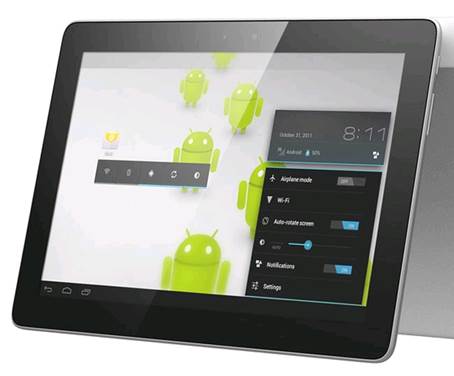
Huawei’s
MediaPad 10 was being oriented to become a prevalent product.
When it was released earlier this year,
Huawei’s MediaPad 10 was being oriented to become a prevalent product. But it
is due to the slow launch to the market, its high-end specifications have
become common for the Android tablet segment. The combination of a proprietary
quad-core CPU, full HD 1920x1200 IPS display, Android 4.0, a 6600mAh battery and
32GB of storage means that it has the elements of an elite tablet. However, the
cost and limited regional availability really kill it. With the price that is
over $100 compared to its 32GB rival, the 8GB WiFi-only, is almost excluded
from the technology shopping list of any tech-savvy customers. As in real life
erratic performance of processor, there is no reason for us to introduce this
device when compared to the cheaper, more reliable models.
Info
·
Product name: Huawei MediaPad 10
·
Price: 433 euro
Advantages
·
Attractive Design
·
Loud audio output capacity
·
Very few preloaded applications
Disadvantages
·
Weak battery life
·
Heavy operation system
·
Erratic performance
Verdict
·
Huawei’s MediaPad 10 appeared too late with its
specifications which have been caught up by rivals.
·
Combined with the limited regional availability
and high prices, this is the ICS tablet that should be ignored to get one.
|
Huawei
MediaPad 10 specifications
·
Thickness: 0.35 inches
·
Color: silver / black
·
Speakers: mono
·
Resolution (X): 1,920 px
·
Resolution (Y): 1,200 px
·
Touchscreen type: capacitive
·
Multitouch: yes
·
Operating system: Android
·
Launch OS version: 4.0
·
Clock speed: 1.5 GHz
·
Cores: 4
·
Effective pixels: 8 megapixels
|